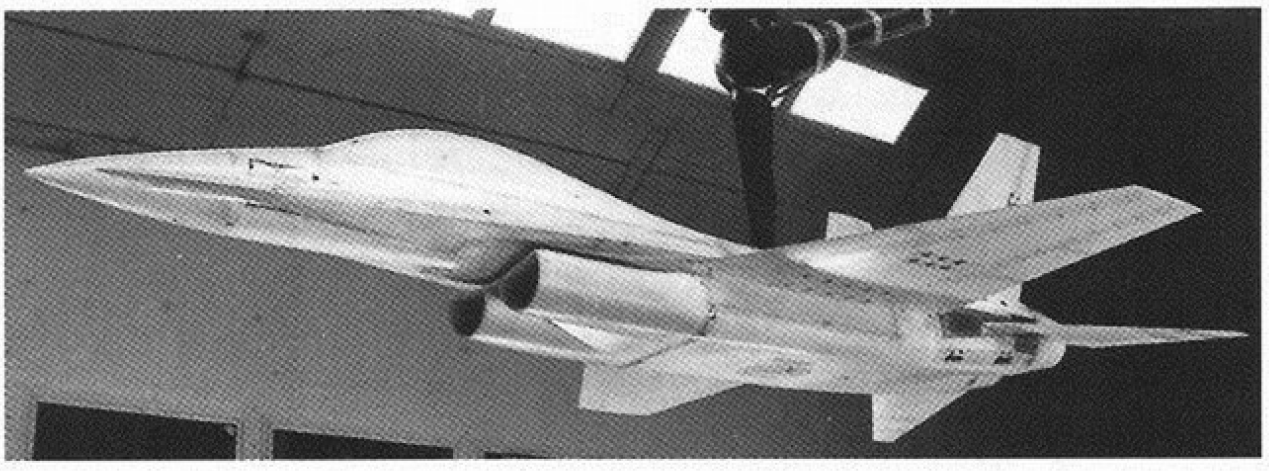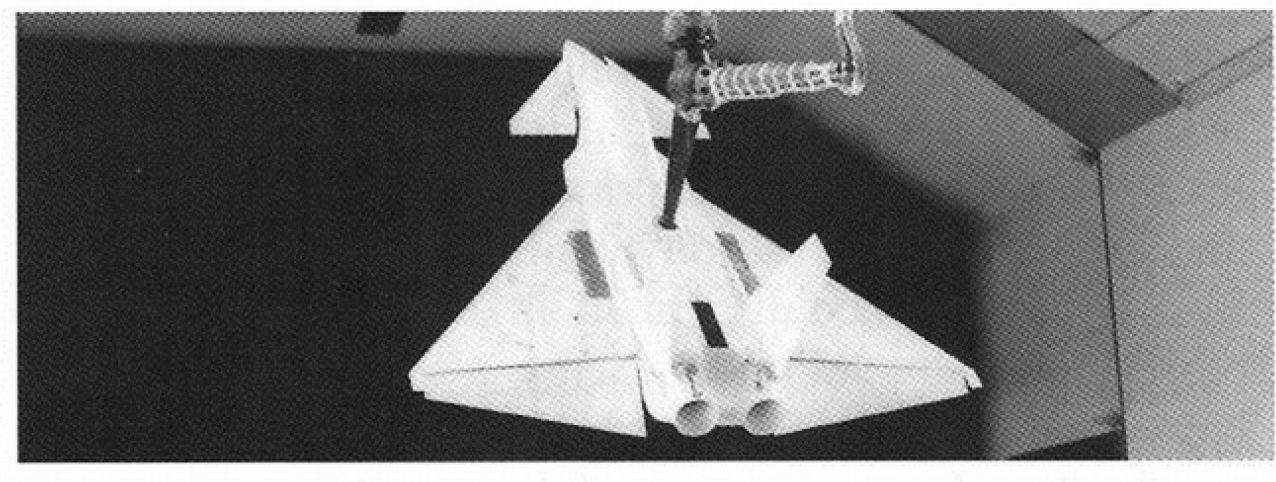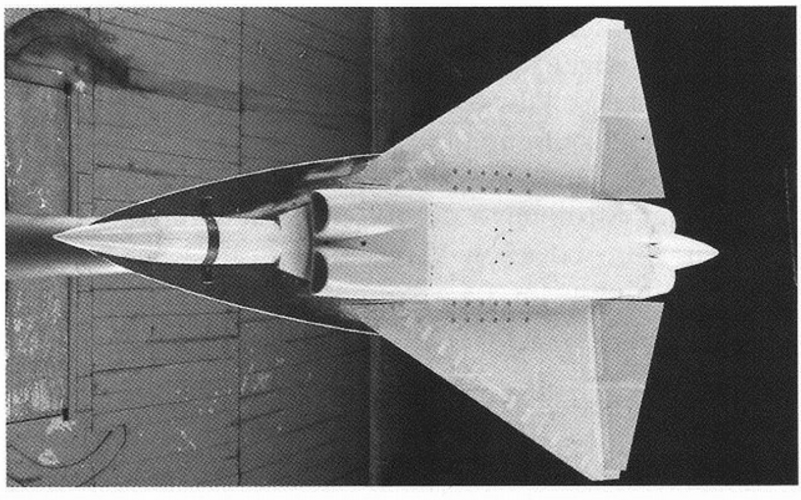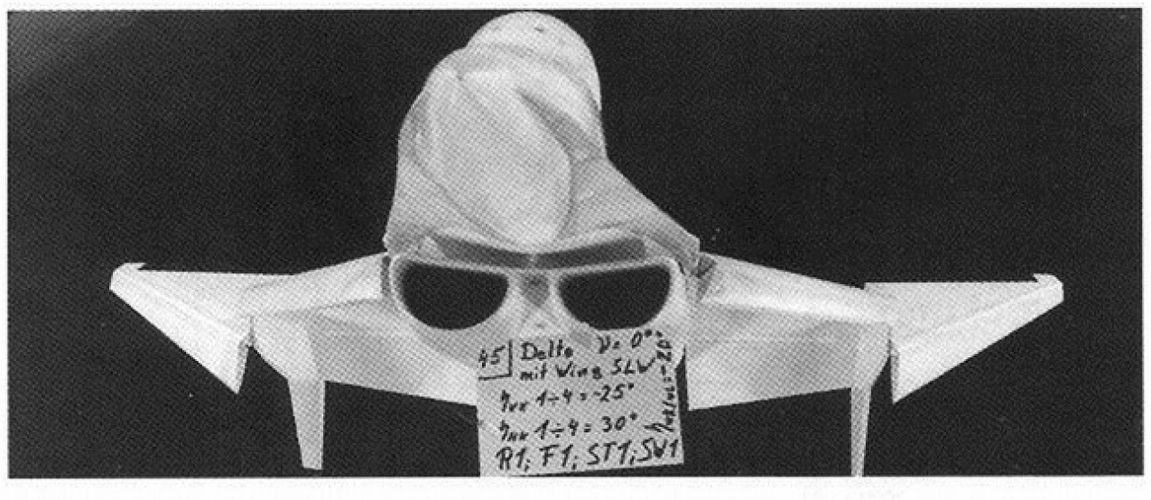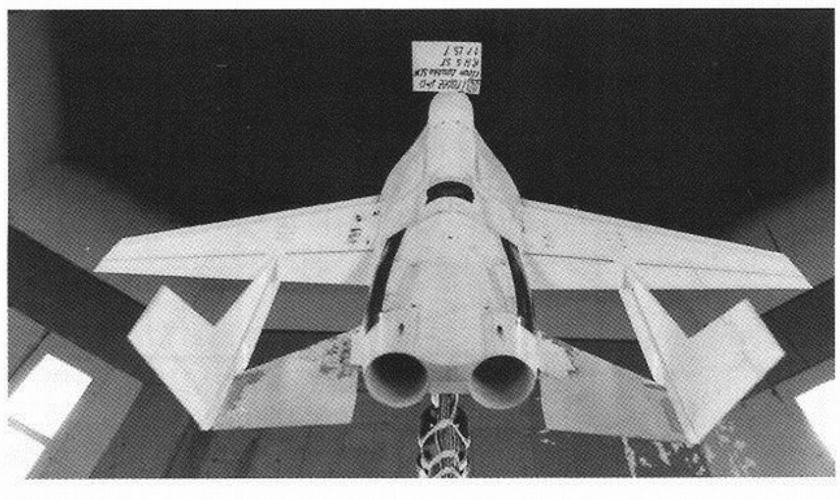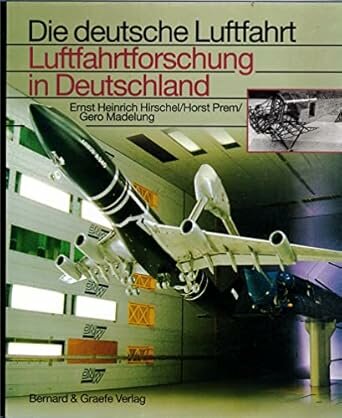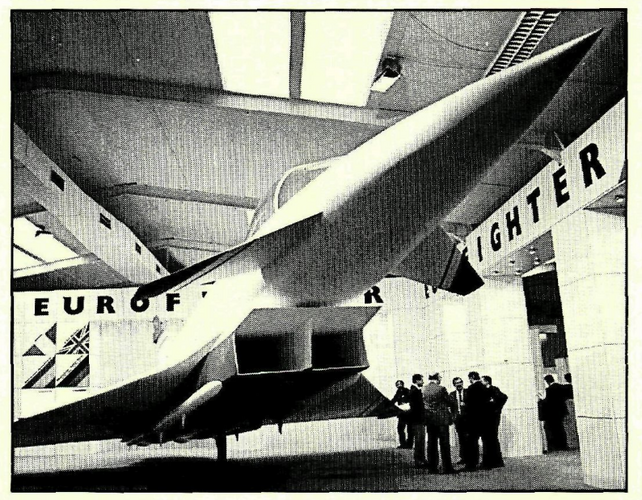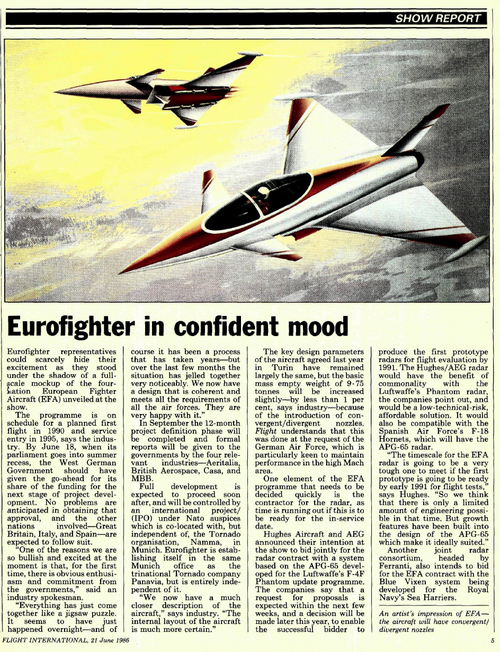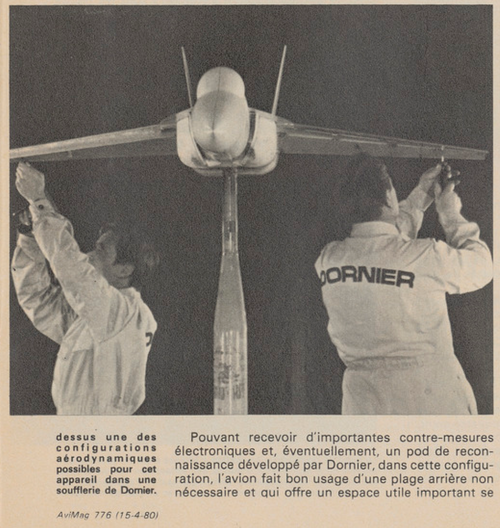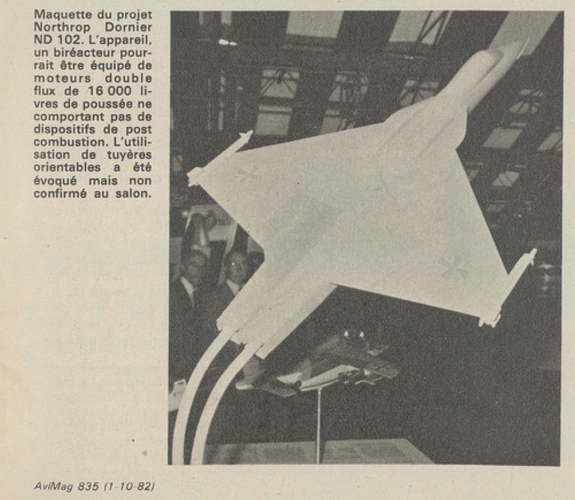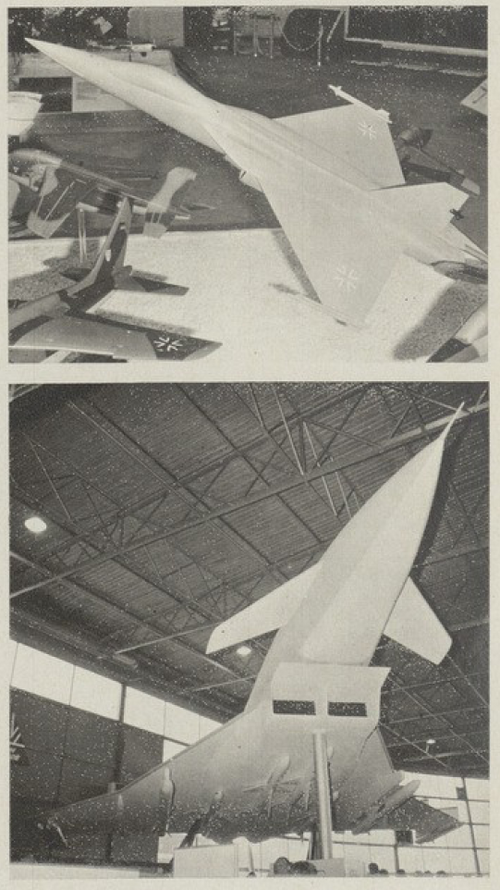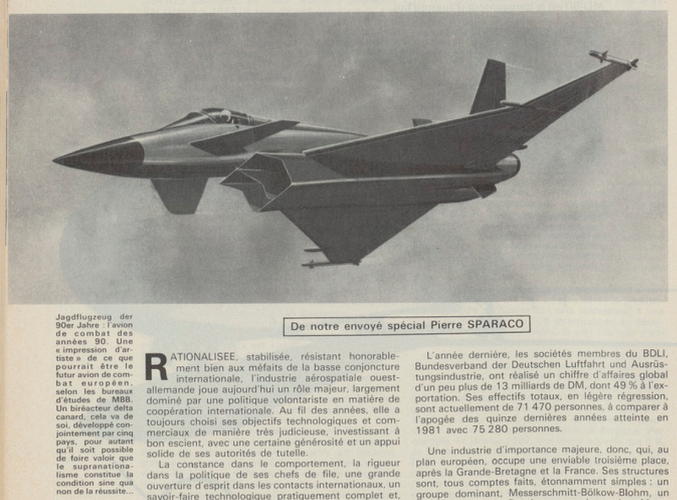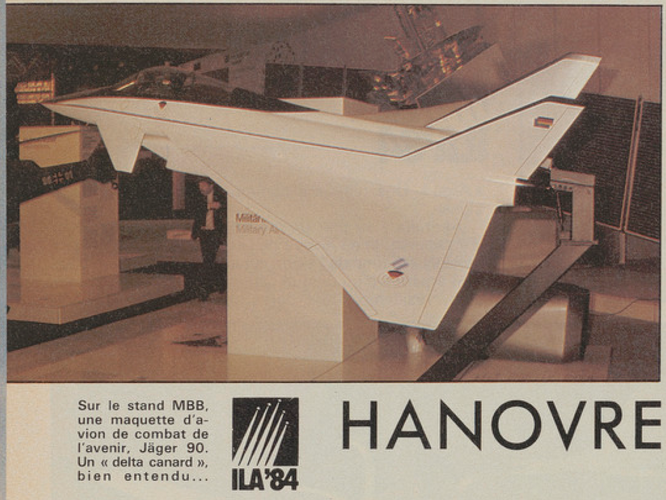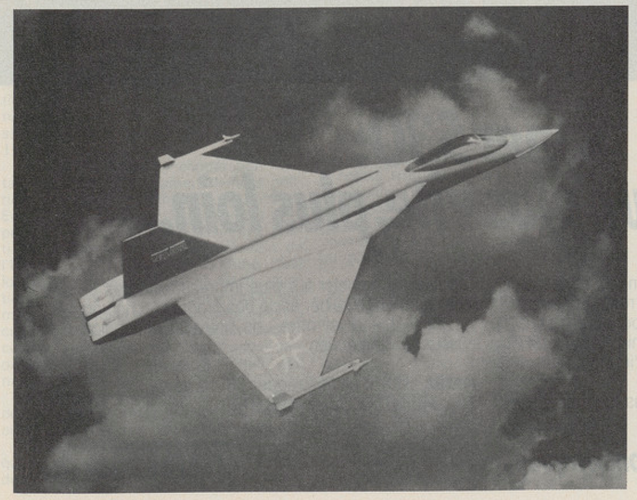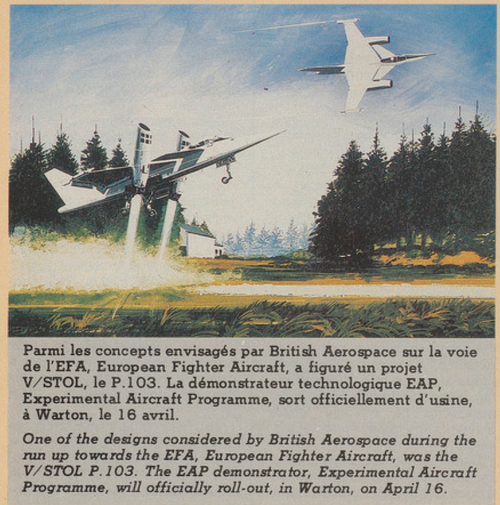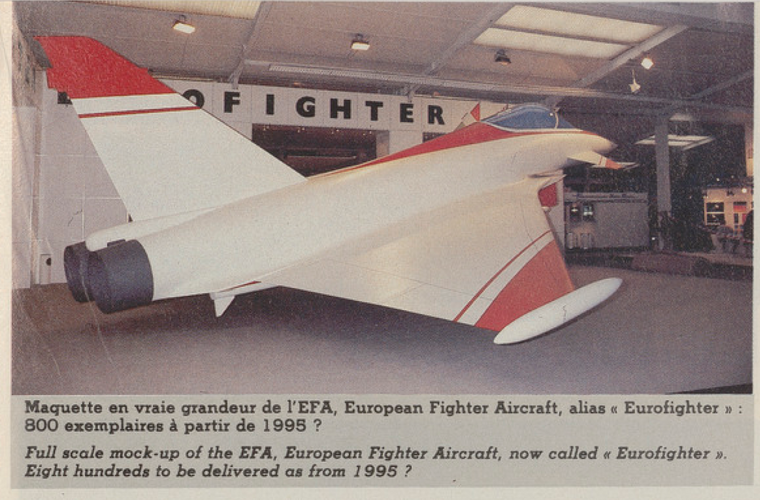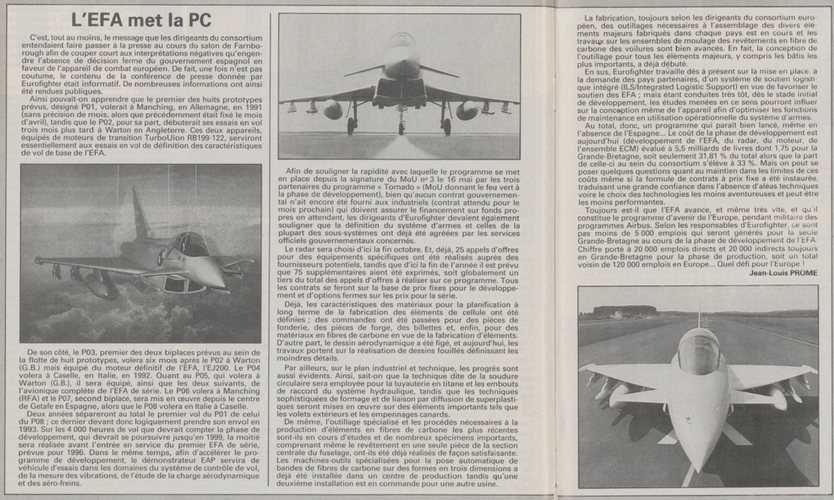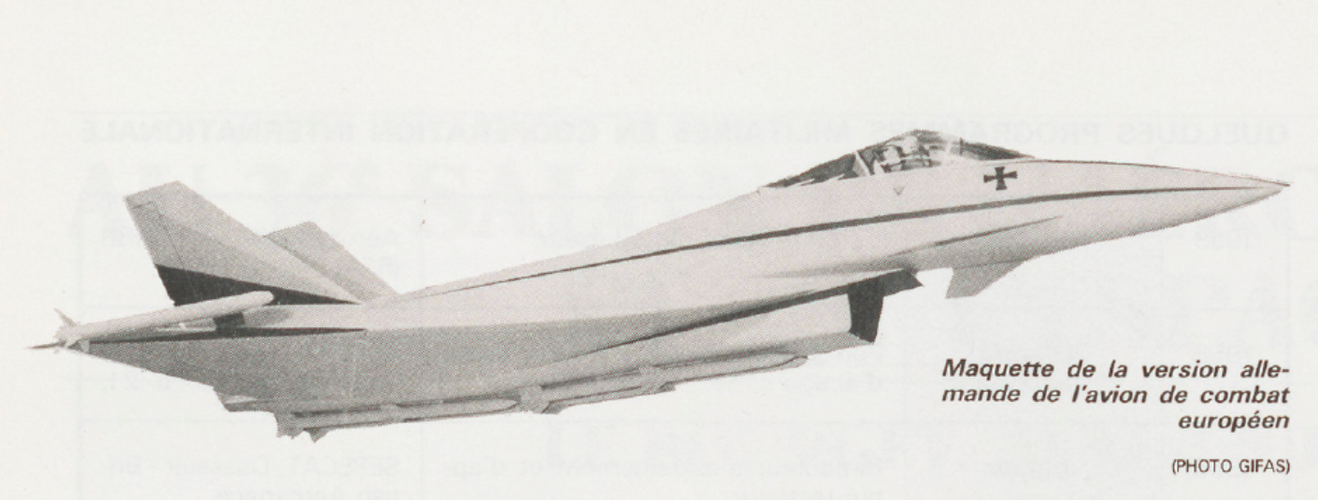red admiral
ACCESS: Top Secret
- Joined
- 16 September 2006
- Messages
- 1,805
- Reaction score
- 2,374
There are many changes when you look at it, many of them directly addressing the points raised in the RAE memo; e.g. move to long coupled canard to reduce drag in supersonic flight and removing post stall manoeuvre. The ventral intake on both TKF-90 and EAP/Typhoon masks a lot of the other aerodynamic differences.But the irony, the EAP is based on the ACA’s aerodynamic design correct? And the RAF did run with it.







